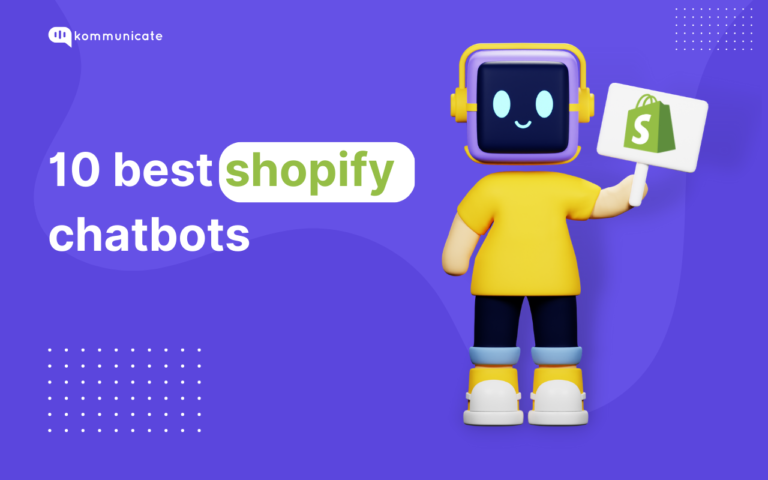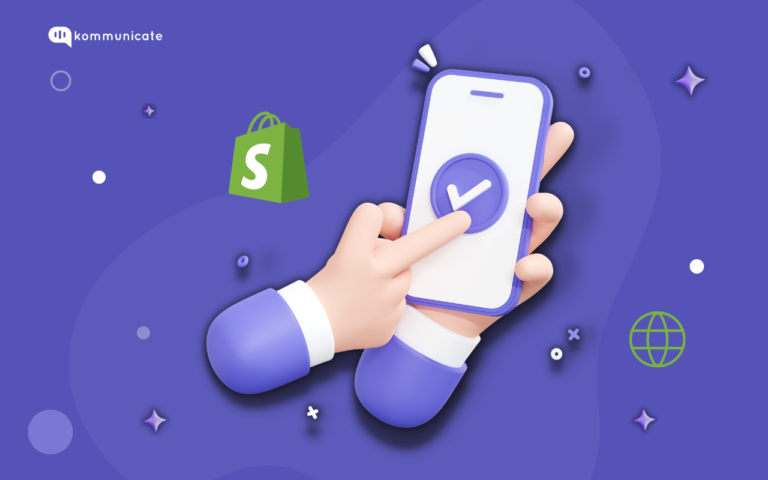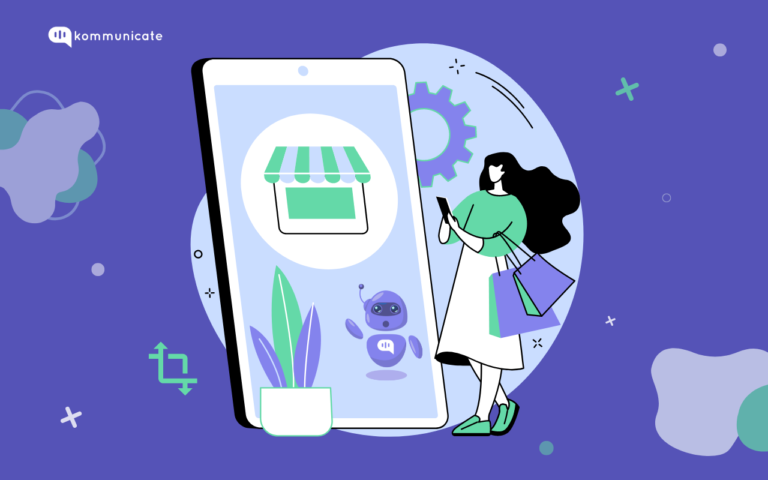Updated on August 7, 2024
When you are running a Shopify store, there are two numbers that you should always keep at the forefront – Shopify conversion rate and sales revenue. Sales directly depend on the website’s conversion rate—higher conversion rate, higher sales revenue, and vice-versa.
Conversion rate is a percentage that indicates what composition of your website’s visitors turned into actual paying customers.
For example, imagine your website gets 1,000 visitors during a set period. Now, out of that 1,000 visitors, 55 turned into paying customers.
Your website conversion rate is now 55/1,000*100 = 5%.
Does Shopify’s conversion rate always mean sales? Not necessarily. You can also use conversion to measure the desired action a website visitor takes on your website.
For example, all conversions are conversions: downloading an eBook, subscribing to a newsletter, signing up for a trial, and scheduling a demo.
However, for a Shopify store, Sales equals conversions. Always.
Needless to say, maximizing your conversion rate is fundamental to increasing your Shopify store revenue.
There are several ways to achieve this, some of which include:
Table of contents:
- What is Shopify
- What is the average conversion rate on Shopify?
- How can you calculate the average conversion rate on Shopify?
- Integrate Live chat
- Categorize your products logically
- Optimize the product page
- Solve Abandoned Carts problem with Email Marketing
- Use FOMO to your advantage
- Improve your page-loading speed
What is Shopify?
The story behind Shopify is quite an interesting one. The founders of Shopify designed it because they were unsatisfied with other e-commerce platforms for buying snowboard gear. This means that Shopify was designed to purchase snowboard gear. As of the latest data, 1.75 million retailers are selling their products and services on Shopify.
They have an annual increase in the growth rate of 110% and made a profit of nine US$988.6 million in the first quarter of 2021. Since its establishment in 2013, it has grown tremendously as a brand. Over the period, it has collaborated with other major brands such as Pepsi, Kylie Cosmetics, The New York Times, Budweiser, and Whole Foods Market. Following the pandemic, they leaned into a service revamp philosophy called the Great Reinvention.
According to them, all those retailers looking to start their business again after the pandemic could register themselves on Shopify. The company’s CEO promised that Shopify would help them commercialize their business and take it to great heights.
What is the average conversion rate on Shopify?
According to a survey done in 2019, the average order value (AOV) of each customer, which means the amount of money they spend on Shopify in their first month of purchase, was US$63.5. This is higher than most of the other e-commerce platforms.
However, a similar survey was conducted in 2019 in which it was found that the average conversion rate on Shopify was 1.5%. Generally, the industry benchmark is considered at 1.85%. This means that back in 2019, Shopify was below the industry benchmark.
In September 2022, a survey was conducted by Littledata on around 3223 Shopify stores to find out the average Shopify conversion rate. It was found that the average conversion rate was 1.4%.
How can you calculate the average conversion rate on Shopify?
To calculate the average Shopify conversion rate, you must use this formula –
Conversion rate (%) = Conversions/Total visitors * 100
This means that if you have 1000 monthly visitors on your website, out of which 50 end up buying something, your conversion rate is 5%.
You do not have to do this manually all the time. There are a lot of tools available on the internet that you can use to carry out this task.
6 Tactics to amp up your Shopify Store’s Conversion Rate
Here are the 6 tactics you can use to boost your conversion rate:
Tactic 1: Integrate Live chat
As a website visitor, what would be the first thing that you would look for in an online store? The product or information that you need. If that is not easily found, you need someone to help locate it. Live chat software does just that.
Imagine it to be an always-on virtual store assistant who can assist your website owners in finding the product or information that they are looking for. Integrating live chat software into your website offers several benefits.
To begin with, they help nudge customers closer to completing a purchase by providing them with the necessary intel. AI-based live chat software like Kommunicate can even populate and serve Frequently Asked Questions (FAQs) corresponding to the website visitor’s queries.
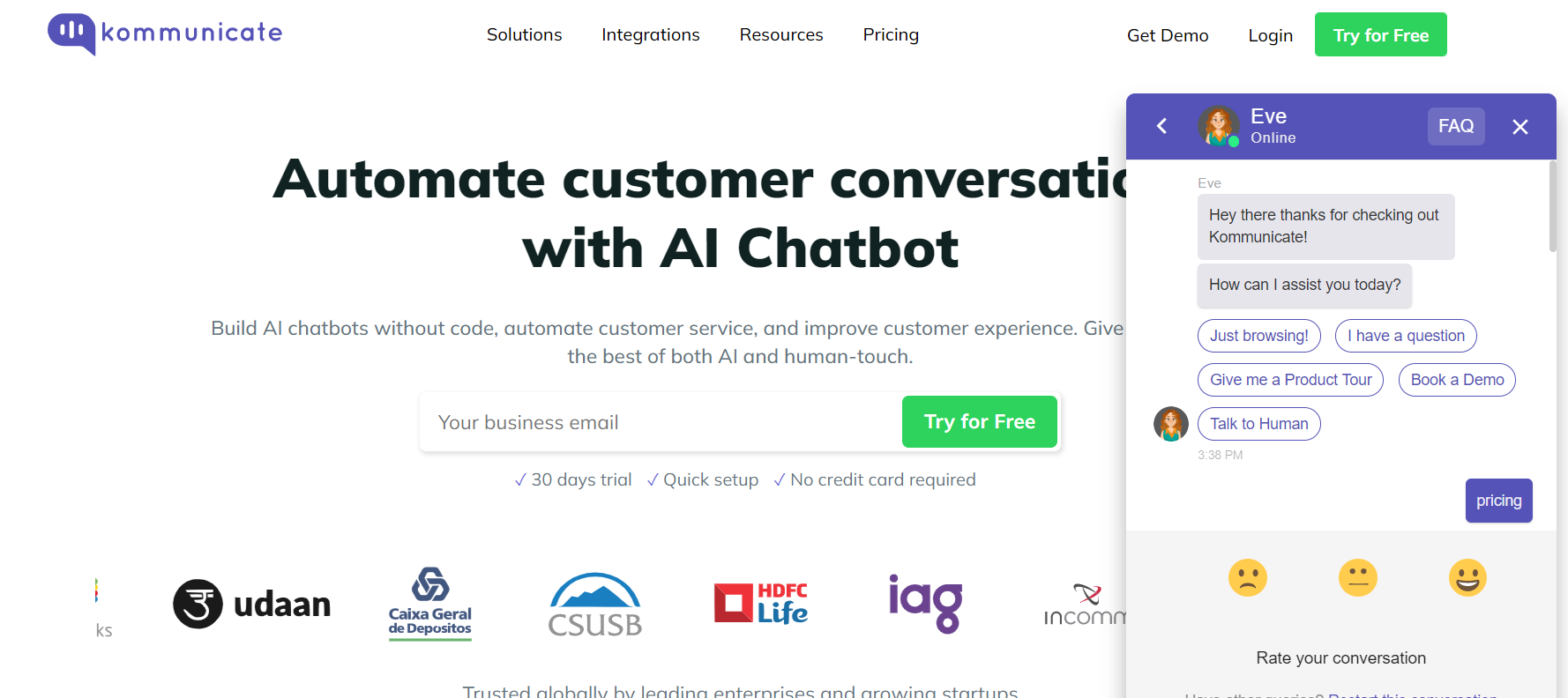
Second, thanks to their help, the customer has a rewarding shopping experience that instills trust in the live chat’s ability and overall brand.
Tactic 2: Categorize your products logically
Although this is a basic trait that every online store must have, there are stores that get this wrong. Product categories and subcategories help the customer locate the product they are looking for. They save a lot of time and effort, especially if your store has a vast inventory of products on offer.
To make things easier, you can also introduce a universal search bar on the website. The search bar can be made to remain static on all pages. Website visitors can use it when they want to look up information or find products.
Thanks to Google, we have all become habitual in searching for information and finding it instantly rather than going through a maze to locate it ourselves. So, having a logical product category and a universal search bar can significantly affect your website’s conversion rate.
Further, a logical arrangement of product categories will signal to Google which page to rank for maximum benefit. It is like telling Google that ‘x’ is a product category page while ‘Y’ is an individual product page.
Tactic 3: Optimize the product page
As much as product categories, individual product pages also play a significant role in maximizing Shopify conversion rate. We can consider them to be the crucial piece that covers the last leg in conversion. It is on the individual product page that a customer decides to buy.
Hence, the product page must have complete information that will help the customer make a decision quickly and confidently. Product description, imagery, and videos go a long way in aiding this.
The product description should be as descriptive as possible. Ideally, it should be more than what the manufacturer’s description is. It should call out the product’s benefits, the USPs, the do’s and don’ts. Further, it should also indicate warranty/guarantee information, shipping, and returns policy.
Including product imagery and videos also help in blurring the difference between an online and offline shopping experience. Do invest in high-quality product images that depict how the product will be in a real-world scenario.
Avoid using artificial or superfluous imagery that could be misleading. Wherever possible, use videos to show the product in action. Fortunately, Shopify allows for all of this and much more without straining your store’s backend resources.

Tactic 4: Solve the Abandoned carts problem with Email Marketing
If bringing visitors to your website is half the battle, making them complete the transaction, that is, concluding a checkout, is the rest of the fight. Unfortunately, more than 77.5% of customers abandon their shopping carts. They close the tab, do not make the payment, or abandon the transaction. This phenomenon is commonly referred to as shopping cart abandonment and is a huge detriment to conversion rate maximization.
Like any other eCommerce challenge, shopping cart abandonment can also be solved, this time with the help of retargeting email campaigns. As the name suggests, retargeting campaigns send personalized offers, promo codes, and other messaging that will persuade the user to complete a transaction they left midway.
The personalized email can act as a reminder and, along with the offer, might help nudge the visitor to complete the purchase. Eventually, this lifts the conversion rate and also sales revenue.
Do play around with the subject line and the copy. Persuasive copy in a retargeting email for cart abandonment can go a long way in maximizing the conversion rate.
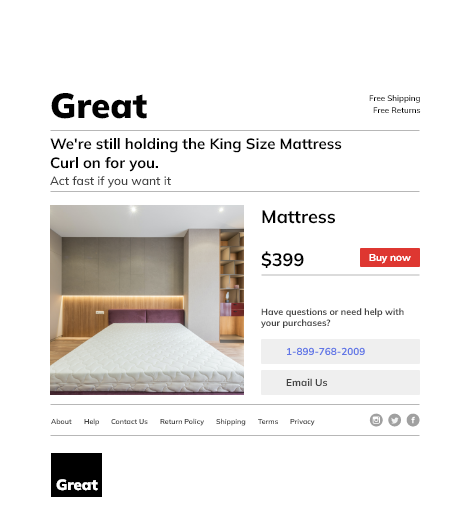
Tactic 5: Use FOMO to your advantage
FOMO, or Fear Of Missing Out, is driving the world. FOMO creates a sense of urgency or limited availability that will push customers into making a buying decision immediately, or they might never get that opportunity again.
In eCommerce, this has tremendous benefits. Your business doesn’t need a season or a special occasion to use FOMO. You can always use clearance sales, weekend sales, or XYZ as a trigger to create FOMO. The only limit is creativity. FOMO makes customers make impulsive purchases that otherwise they may not even consider whether the offer had been presented.
While there are several ways to use FOMO, the most common way is to use a timer or a clock that shows a countdown for the offer’s expiry. This can be displayed on your Shopify store’s homepage or any product page.
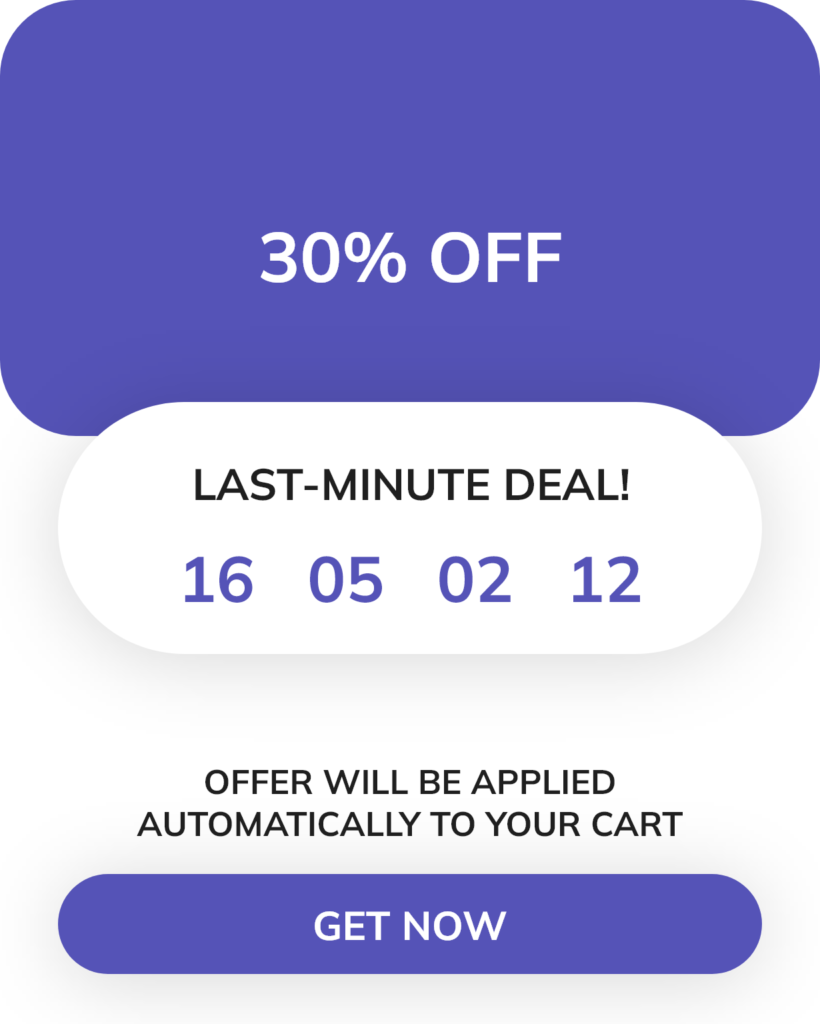
Alternatively, you also indicate a last date for the offer to instill a sense of urgency in the customer to make a purchase. The offer could range from free shipping to express delivery, massive discounts, freebies, etc.
Tactic 6: Improve your page-loading speed
Page-loading speed is an often underrated website experience signal. A fast-loading online store has a higher chance of conversion than a store that takes forever to load. Several elements could slow down a page from loading. The HD images, product videos, or cluttered backend code can cause a page to slow down.
A slow website is a severe stressor for website visitors. They would quickly close the tab and move on to other tasks. Hence, the need to improve your page-loading speed.
As the time to load a page increases, the probability of bounce also increases significantly and helps in improving the Shopify conversion rate. Google has found in its study how at each stage of delay, the chances of bounce increase.
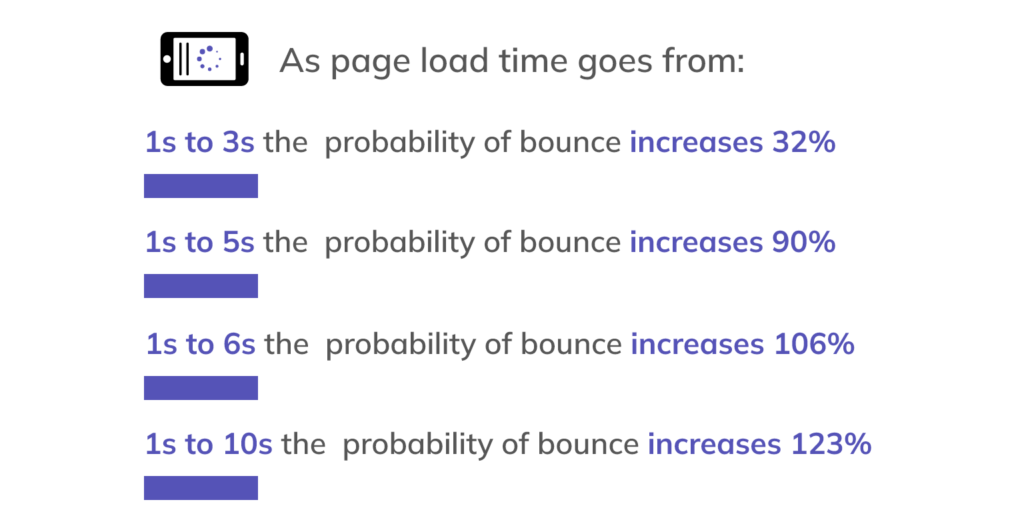
Here are some pointers that can help improve things:
- Compress and optimize your images
- Reduce page redirects
- Minimize the use of CSS, JavaScript, and HTML
- Use Content Delivery Networks (CDN)
- Remove unnecessary website plugins
- Use lazy loading of HD images
Apps that can help in improving Shopify conversion rate
There are a lot of apps out there that can help you in enhancing your Shopify conversion rate. It is imperative to choose the best one to enjoy the most advantage-
1. PageFly Landing Page Builder
All the elements of this app are built around consumer behavior. This app has teamed up with Shopify since 2016 and currently serves around 120,000+ merchants. You can enjoy exciting slideshows, fascinating animation, and many more. It can be extremely beneficial in improving the Shopify conversion rate.
2. Judge.me Product Reviews
This is one of the most famous apps for improving your Shopify conversion rate. It helps you accumulate ratings and reviews from customers. It has the feature of providing you with review widgets in over 34 languages. You also have the facility to share these reviews on other social media platforms with the help of this application.
3. Privy
This is an immensely customer-friendly and intuitive application. It helps collect necessary information from the customer, such as spin-to-win wheels, banners, flyouts, and other related stuff. This app helps in sending follow-up emails to customers to repurchase products and eventually improves Shopify conversion rate.
4. Frequently Bought Together
As you would have understood from the name, this application helps group two products that can be bought together and enhance each other’s functionality. It helps in creating hype among customers and the need to buy a particular product. It can be constructive in increasing your reach to the customers and making your Shopify conversion rate better.
In a Nutshell
Building a Shopify store is easy. You don’t even have to know coding to launch your Shopify store. But converting your store visitors into paying customers takes effort and brilliant work.
Although Shopify conversion rate optimization is technical work, there are some things that you can do on your own to boost your conversion rates. We have addressed essential customer wants and the impediments that could be stopping them from completing a purchase. Further, it is also about structuring your store in a specific way so that customers are gently nudged and as opposed to be forced to complete a transaction.
At Kommunicate, we are envisioning a world-beating customer support solution to empower the new era of customer support. We would love to have you onboard to have a first-hand experience of Kommunicate. You can signup here and start delighting your customers right away.


